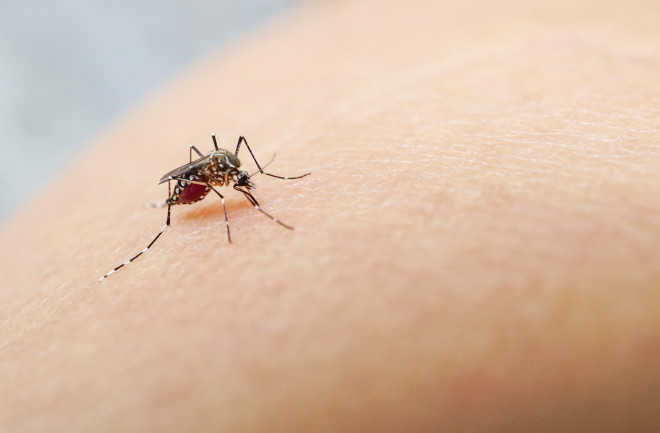A mosquito-borne parasite, Plasmodium malariae causes malaria — a disease responsible for at least 608,000 deaths and 249 million cases in 2022, according to the World Health Organization. Malaria usually causes severe headaches, fevers, and chills for modern day humans.
But according to a new study, ancient humans in the modern-day Arabian Peninsula may have been resistant to the disease. A mutation in DNA most likely happened 5,000 years to 6,000 years ago, or when farming started in Eastern Arabia.
“This knowledge goes beyond historical understanding, providing predictive capabilities for disease susceptibility, spread, and treatment, thus promoting better health outcomes,” said Marc Haber, a geneticist at the University of Birmingham and one of the study authors, in a statement.
Ancient Resistance
Arabia’s scorching and humid climate usually does not preserve ancient remains, meaning this new study is the first time that researchers have been able to analyze the ancient DNA from this area of the world, according to a press release.
To see how ancient humans developed resistance to the malaria, the team examined the remains of 25 ancient humans belonging to the Tylos period in Bahrain. Only four of the individuals were preserved well enough to have their DNA sequenced fully.
The DNA analysis found that three out of the four individuals had a mutation on the G6PD gene, indicating a resistance to malaria. Parasites that cause malaria multiply inside of the host’s red blood cells and the G6PD gene codes for an enzyme, which protects red blood cells from damage.
When researchers tested modern-day inhabitants of the area, they found that the population also carried the G6PD mutation. The four ancient individuals were most likely descendants from groups found in Anatolia, the Levant, and Caucasus/Iran, according to the release.
Since malaria is a disease that has been around for thousands of years, it’s expected that humans develop some sort of resistance or protection. These are found in red cell genotypes that protect against malaria-like, sickle cell disease, thalassemia, G6PD deficiency, and others, according to a study published in Medical Microbiology and Immunology.
Read More: Why Do Mosquitoes Love Biting Some People More Than Others?
Agriculture and Malaria
Researchers suggest that farming could have brought the onslaught of malaria because of deforestation. Agriculture requires cleared land, and so, experts suspect ancient humans’ ecological changes allowed species of mosquitos to move from North Africa into southern Europe.
In modern-day Congo, for example, agriculture may increase the number of malaria-infected mosquitos available. This is because farming creates more pools of water around fields containing no other types of vegetation. And stagnant pools of water are the perfect breeding grounds for mosquitos to lay their eggs.
The finding of malaria resistance is consistent with texts and archeological evidence that shows when malaria was regularly found in Eastern Arabia. The DNA evidence also points to Bahrain individuals interacting with other nearby regions. Studying how these ancient humans developed a mutation in the G6PD gene may help researchers understand how the gene was passed on and how it affects generations today.
Read More: Malaria Vaccines Could Be Game-Changers
Article Sources
Our writers at Discovermagazine.com use peer-reviewed studies and high-quality sources for our articles, and our editors review for scientific accuracy and editorial standards. Review the sources used below for this article:
World Health Organization. Malaria.
Springer Link. Malaria and human red blood cells.
Britannica. Malaria through history.
National Library of Medicine. The links between agriculture, Anopheles mosquitoes, and malaria risk in children younger than 5 years in the Democratic Republic of the Congo: a population-based, cross-sectional, spatial study.

